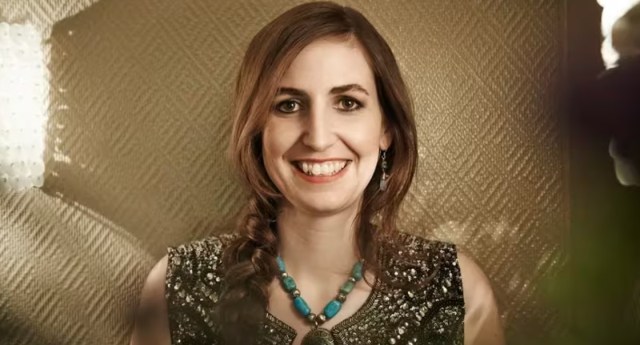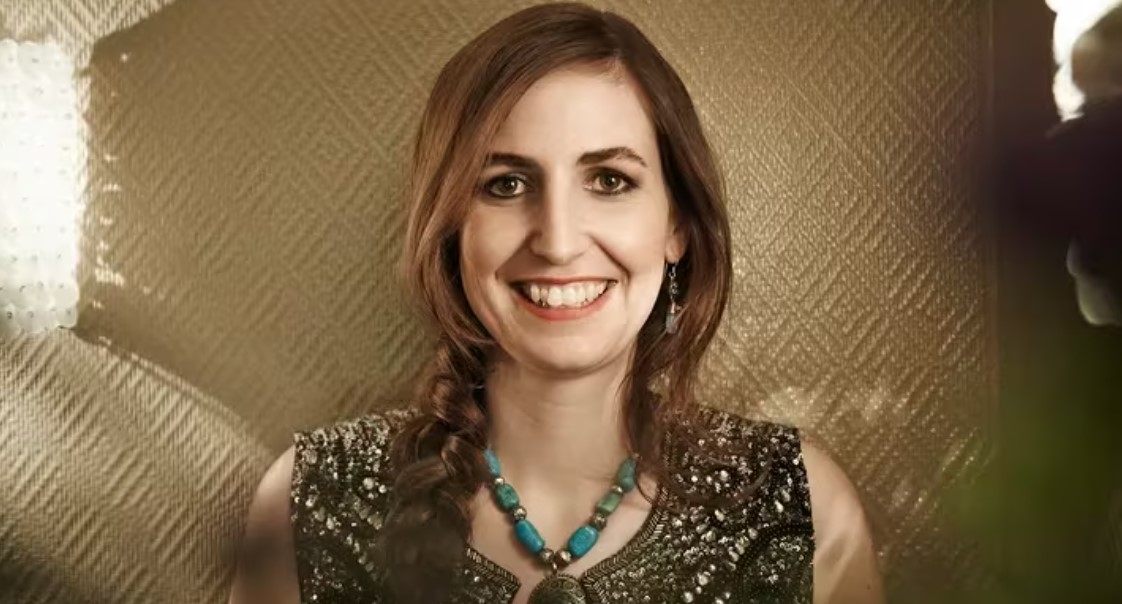
Elisabeth Sulser was 16 years old when she realized that she viewed music and sound in an unconventional way, different from the people around her. It was a stormy afternoon in his hometown of Queira, Switzerland, when from his window he knew he heard rain, and the impact of its drops on the ground, not only as sounds, but also as colors. Her sensory world expanded without her making the slightest effort, even against her will. For each sound, his mind involuntarily assigned a color.
by infobae.com
Before that day, during his childhood and pre-teens, he had always been interested in music: he had already picked it up with his ear and sight, and could “see” the notes, but he was just absorbing them naturally, and he didn't know. It was a special ability that only she had. The connection between sound and color seemed natural to her, and it helped her draw and explore her artistic path.
“Even though I thought it was normal, a part of me always told me there was something different. I was a quiet girl and I noticed a lot. The sounds, the noise, the music, the movement, the interaction, the communication, it all attracted me, but I was never in the middle of That auditory chaos. “I watched the whole thing from a safe distance,” Sulser recalled in an interview. information.
That stormy day marked a turning point in his life. He became aware of the relationship between sound and color in his brain. When he tried to talk to his parents, friends, and even teachers, none of them knew what it could be, if it was a special case or if he was just failing to catch on. He couldn't understand what was happening to him until he found a book describing synesthesia.
Knowing she wasn't the only one calmed her down. It is estimated that about 4% of the world's population are synaesthetes: when they encounter a certain stimulus, a feeling is activated that they have, in principle, of non-interference. The most common experience is that of those who assign a color to each number or letter they hear or read. However, he later admitted that his condition was very unusual. Only one in 500,000 people has a strange talent that goes beyond just perceiving sounds as colours.
His condition is very rare and practically unique, as he realized a few years later, when he was studying early music at the Schola Cantorum Basiliensis, located in Basel. Between tune and tune, he began to notice that his taste also reacted to auditory stimuli, he began to feel a unique tingling in his taste buds. Flavors appeared in his mouth without explanation. He realized that he could not only “see” music, but also “taste” it. He decided to go to the specialists.
The technical definition says: “Synesthesia is the involuntary physical experience of a multimodal association.” For example, hearing a tone (inducing stimulus) elicits the additional sensation of seeing color (simultaneous perception). Color synesthesia is specifically the most common type of synaesthesia. Simultaneous perceptions of taste, such as those of Elisabeth Sulser, are very strange.
This issue was addressed by three researchers from the University of Zurich – Gian Belli, Michaela Esslin, and Lutz Janke. In an article published in 2005 in natureHe described it as follows: “The patient experiences different tastes in response to hearing different musical pitch intervals. Whenever this woman hears a specific musical interval, she automatically feels a taste on her tongue that maintains a systematic association with that musical interval. To our knowledge, this combination of simultaneous stimulation and perception has not been described before.
Given the novelty of the condition, scientists developed a test specifically designed for their sensory abilities. Sulser had to identify four musical periods that he usually associated with specific tastes in three situations. In the first two scenarios, the researchers placed a pipette on her tongue containing dilutions of substances that sometimes matched flavors that the patient associated with a particular range and other times did not. In the third phase of testing, no taste stimuli were presented.
When he recognized the musical interval, Sulser had to press the corresponding key as quickly as possible. With the results on the table, they compared their reaction times with those of other professional musicians who were subjected to the same exercise.
To read the full note click here

“Social media guru. Falls down a lot. Freelance coffee fanatic. Tv enthusiast. Gamer. Web lover. Unapologetic troublemaker.”

:quality(85)/cloudfront-us-east-1.images.arcpublishing.com/infobae/TEQF6EONZRFGLLLDIDD4L2O4EE.jpg)

:quality(75)/cloudfront-us-east-1.images.arcpublishing.com/elcomercio/XU32LRAEZFDDPNVHLFU3CKVBYY.jpg)



More Stories
Karina Banda and Carlos Ponce celebrate 6 years together: this is the message that the host dedicated to the actor
Shannon De Lima sets the trend with knit swimwear
“La Pepecheta” accuses Lupillo Rivera of witchcraft